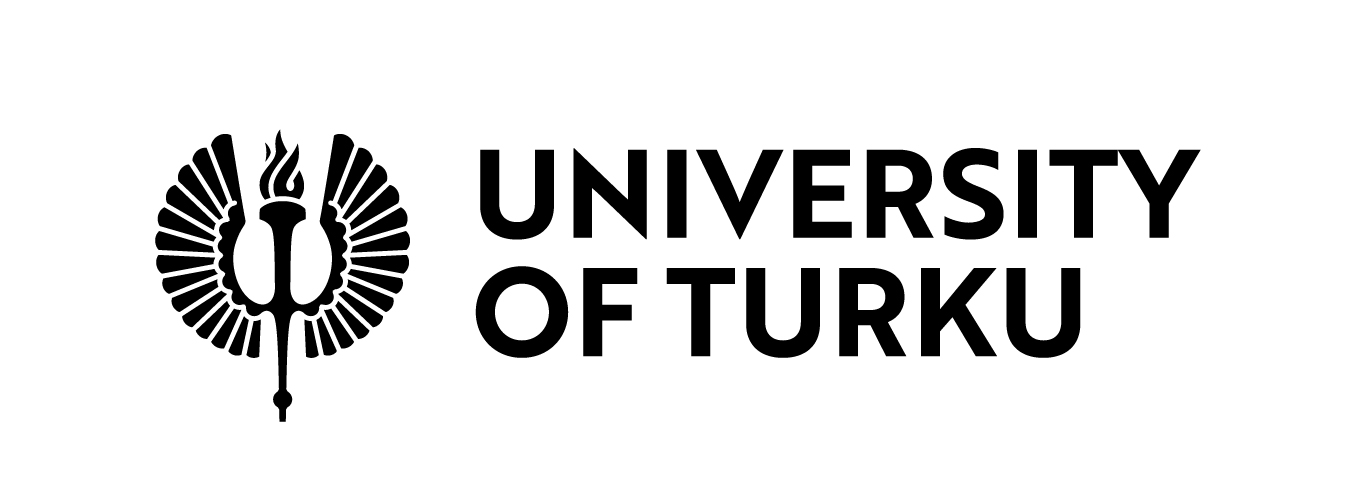Following fields are empty!
Polymer Reviews
Polymer Reviews publishes topical issues, consisting of invited high quality reviews on topics of current interest in all areas of macromolecular science and engineering. Areas of particular interest are biomedical applications, organic electronics and photonics, nanostructures, micro- and nano-fabrication, biological molecules (DNA, proteins, carbohydrates), polymers for renewable energy and the environment, and polymers at the interfaces with other disciplines. Articles may either provide a complete, broad review of a topic, or may concentrate on the author's own work, placing that work in the context of the broader field. Please note that Polymer Reviews only publishes invited articles. Unsolicited articles will not be accepted, and will be returned to the author without review. Publication office: Taylor & Francis, Inc., 325 Chestnut Street, Suite 800, Philadelphia, PA 19106.
Polytrauma
Powder Metallurgy
Powder Metallurgy is an international journal publishing peer reviewed original research on the science and practice of powder metallurgy; and news of technological and commercial developments in the industry and PM community. Coverage is broad, encompassing hard materials, ceramics, and composites in addition to metallic PM materials, and ranging from the production, handling, and characterisation of powders, through compaction and sintering and other consolidation routes, to the properties, secondary processing, and applications of PM components.
Powder Metallurgy and Metal Ceramics
Powder Metallurgy and Metal Ceramics covers topics of the theory, manufacturing technology, and properties of powder; technology of forming processes; the technology of sintering, heat treatment, and thermo-chemical treatment; properties of sintered materials; and testing methods. Powder Metallurgy and Metal Ceramics is a translation of the peer-reviewed Ukrainian journal Poroshkovaya Metallurgiya.
Powder Technology
Powder Technology is an International Journal on the Science and Technology of Wet and Dry Particulate Systems. Powder Technology publishes papers on all aspects of the formation of particles and their characterisation and on the study of systems containing particulate solids. No limitation is imposed on the size of the particles, which may range from nanometre scale, as in pigments or aerosols, to that of mined or quarried materials. The following list of topics is not intended to be comprehensive, but rather to indicate typical subjects which fall within the scope of the journal's interests:Formation and synthesis of particles by precipitation and other methods.Modification of particles by agglomeration, coating, comminution and attrition.Characterisation of the size, shape, surface area, pore structure and strength of particles and agglomerates (including the origins and effects of inter particle forces).Packing, failure, flow and permeability of assemblies of particles.Particle-particle interactions and suspension rheology.Handling and processing operations such as slurry flow, fluidization, pneumatic conveying.Interactions between particles and their environment, including delivery of particulate products to the body.Applications of particle technology in production of pharmaceuticals, chemicals, foods, pigments, structural, and functional materials and in environmental and energy related matters.Contact and other information: Please feel free to contact us for any comments, questions or feedback. In addition, we are always interested in any publication proposals for books, electronic products, new journals and co-operation for existing journals. It is now possible to submit your paper online and benefit from the considerably shorter time required to reach an editorial decision about publication. For all further information, please go directly to http://www.elsevier.com/authors.
Power System Technology
Praktische Metallographie
Die Rechte f r die Nutzung von Artikeln f r elektronische Pressespiegel erhalten Sie ber die PMG Presse-Monitor Deutschland GmbH & Co. KG. Tel. +49 30 28493-0 oder .
Precision Engineering
Precision Engineering - Journal of the International Societies for Precision Engineering and Nanotechnology is devoted to the multidisciplinary study and practice of high accuracy engineering, metrology, and manufacturing. The journal takes an integrated approach to all subjects related to research, design, manufacture, performance validation, and application of high precision machines, instruments, and components, including fundamental and applied research and development in manufacturing processes, fabrication technology, and advanced measurement science. The scope includes precision-engineered systems and supporting metrology over the full range of length scales, from atom-based nanotechnology and advanced lithographic technology to large-scale systems, including optical and radio telescopes and macrometrology.Precision Engineering was first published in January 1979; since 1986 it has also been known to many of its readers as the Journal of the American Society of Precision Engineering. Now, with effect from January 2000, it assumes a new look, proudly proclaiming itself the Journal of the International Societies for Precision Engineering and Nanotechnology.In addition to its continuing association with the American Society of Precision Engineering (ASPE), the journal is now associated with two further bodies: the newly established European Society for Precision Engineering and Nanotechnology (EUSPEN) and the Japan Society for Precision Engineering (JSPE), founded in 1933.For more information about each of these three societies, please visit their home pages:ASPE: http://www.aspe.neteuspen: http://www.euspen.orgJSPE: http://www.jspe.or.jp
Print and Promo
Printed Circuit Design and Fab
Printing Impressions
Printwear
Probabilistic Engineering Mechanics
This journal provides a forum for scholarly work dealing primarily with probabilistic and statistical approaches to contemporary solid/structural and fluid mechanics problems encountered in diverse technical disciplines such as aerospace, civil, marine, mechanical, and nuclear engineering. The journal aims to maintain a healthy balance between general solution techniques and problem-specific results, encouraging a fruitful exchange of ideas among disparate engineering specialities.From time to time, review papers will be published to provide research and development oriented readers with state-of-the-art analyses of various areas of current interest. In addition, occasional papers of tutorial nature help enhance practice oriented readers' knowledge of the basic probabilistic and statistical techniques that are essential in present-day engineering practice design.In consultation with the editors, distinguished members of the probabilistic mechanics community may serve as guest editors for a special issue dedicated to a particular theme.Fields Covered:Aerospace engineering:• Damage-tolerant and durability design of aircraft• Load spectra characterisation• Random vibration of aerospace structuresCivil engineering:• Geotechnical applications• Natural hazards such as earthquakes, hurricanes, and waves• Stochastic fluid mechanics/hydrology• Structural response/control under natural hazardsMarine engineering:• Offshore structures response to wind-induced waves• Ship motion in a random seaMechanical engineering:• Fatigue design• Mechanical systems response/control• Vehicle vibration• Vibration isolationNuclear engineering:• Probabilistic risk assessment• Structural and equipment response to accidental loadsCommon to all disciplines:• Composite materials• Damage mechanics• Monte Carlo simulation• Random fields• Stochastic finite elements• Stochastic optimization• System reliability.
Probability in the Engineering and Informational Sciences
Procedia Manufacturing
Procedia Manufacturing is an open access journal focusing entirely on publishing high quality conference proceedings. Procedia Manufacturing enables fast dissemination of its content so that conference delegates can publish their papers in a dedicated online issue on Sciverse ScienceDirect under the Creative Commons license BY-NC-ND (for further details see our
Procedia Manufacturing will publish papers from conferences on all important topics in the field of manufacturing engineering, including but not limited to manufacturing processes, systems and emerging topics in manufacturing, such as:
- Manufacturing process modeling
- Automation and robotics in manufacturing
- Sensing and control
- Manufacturing system design and operations
- Biomanufacturing
- Micro/nano manufacturing
Conference proceedings are accepted for publication in Procedia Manufacturing based on quality of the conference, its relevance to an international audience and timely and suitability of its scope. All proposals will be evaluated by the Editor-in-Chief and the editorial board, who, during the evaluation process, may make contact with members of the conference scientific committee and keynote speakers to obtain further information about the conference.
Proposals* should be prepared using the template
Dr. Prof. S. Jack Hu
Editor in Chief Procedia Manufacturing
Dr. Gaia Lupo
Elsevier Publisher
*Please note that we do not accept proposals from individual authors for Procedia titles.
Additional Information
We are open to discuss even further collaboration, including but not limited to providing global organizational and administrative services, assisting with the setup of new multidisciplinary meetings. Feel free to contact Dr. Gaia Lupo for more information.
Proceedings of the Combustion Institute
The Proceedings of the Combustion Institute contains forefront contributions in fundamentals and applications of combustion science. For more than 50 years, the Combustion Institute has served as the peak international society for dissemination of scientific and technical research in the combustion field. In addition to author submissions, the Proceedings of the Combustion Institute includes the Institute's prestigious invited strategic and topical reviews that represent indispensible resources for emergent research in the field. All papers are subjected to rigorous peer review.Research papers and invited topical reviews; Reaction Kinetics; Soot, PAH, and other large molecules; Diagnostics; Laminar Flames; Turbulent Flames; Heterogeneous Combustion; Spray and Droplet Combustion; Detonations, Explosions & Supersonic Combustion; Fire Research; Stationary Combustion Systems; IC Engine and Gas Turbine Combustion; New Technology ConceptsThe electronic version of Proceedings of the Combustion Institute contains supplemental material such as reaction mechanisms, illustrating movies, and other data.Benefits to authorsWe also provide many author benefits, such as free PDFs, a liberal copyright policy, special discounts on Elsevier publications and much more. Please click here for more information on our author services.If you require any further information or help, please visit our support pages: http://support.elsevier.com
Proceedings of the IEEE
Proceedings of the IEEE is the leading journal to provide in-depth review, survey, and tutorial coverage of the technical developments in electronics, electrical and computer engineering, and computer science. Consistently ranked as one of the top journals by Impact Factor, Article Influence Score and more, the journal serves as a trusted resource for engineers around the world.
The Proceedings publishes approximately ten Special Issues and two regular paper issues per year.
- Special Issues are led by distinguished Guest Editor teams and contain articles, typically surveys, reviews or tutorials, from leading experts in the technology area being covered. They serve as a guide to the state-of-the-art and are highly valued by the core research community, as well as specialists in other areas, looking to quickly come up to speed on the latest and more promising advances in areas outside of their own expertise.
- Regular Issues consist of three to four papers on more focused topics, giving readers background and insight into emerging areas.
Papers published in the Proceedings are usually reviews, surveys, or tutorials.
- Reviews critically examine a technology, tracing its progress from its inception to the present—and perhaps into the future.
- Surveys comprehensively view a technology—its applications, issues, ramifications, and potential.
- Tutorial papers explain a technology and may give practical information for implementing it. These papers are written for the purpose of informing non-specialist engineers about a particular technology.

